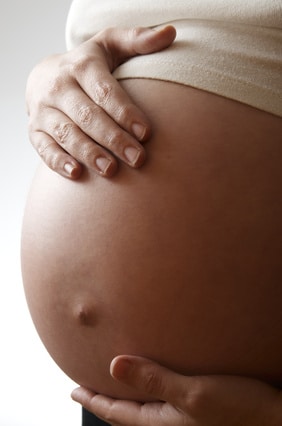As the popularity of acupuncture has grown, so has the notoriety of the so-called ‘forbidden points’ of pregnancy. As someone who’s been through a couple of pregnancies, I know well the anxiety it can provoke to have such a small and vulnerable person so reliant upon your care. Pregnancy can make the most benign of daily encounters feel dangerous-turkey sandwiches, canned tuna, hair dye, pedicures, massages.
In acupuncture school, I learned (as all acupuncturists learn) about a certain set of points that should not be used in pregnancy for fear of causing labor or otherwise putting the pregnancy at risk. I do believe that knowing about these points is very important, but I also think that their danger has been greatly exaggerated, especially amongst the general population. Research looking at side-effects of acupuncture for pregnant women has not uncovered any increase in miscarriage, preterm labor, or any other danger to the pregnancy.
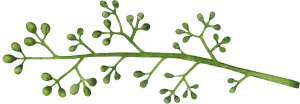
Pedicures & Massages
One area that I’ve noticed a lot of fear amongst pregnant women is around having a massage or pedicure. There is an unfounded belief that a massage therapist or nail technician could inadvertently press on one of the ‘forbidden’ points are cause miscarriage or labor. Please, I urge you, go get that massage or pedicure! There is no danger!
For an average, healthy pregnancy, no amount of pressing or prodding these acupuncture points will have a detrimental effect. To give a little bit of perspective, when I’m working with women who are at term and trying to get labor started, I’ll have them press these points deeply for several minutes at a time, a couple of times per day in order to jump-start the labor process. Even a deep massage won’t give the points that kinds of stimulation.
For women who have had threatened miscarriage or experienced pre-term labor, intense, direct pressure at the ‘forbidden points’ should be avoided. You may feel more comfortable in a massage situation if you are aware of which points can be problematic, just in case your therapist isn’t.
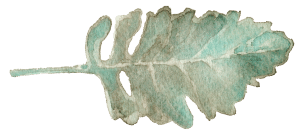
The ‘Forbidden Points’ of Pregnancy
Spleen 6
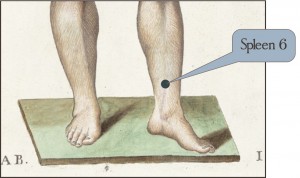
The point Spleen 6 is located on the inside of the lower leg, about a hand’s width above the ankle bone. This point is very commonly used for increasing circulation in the uterus and also used to induce uterine contractions to kick-start labor. As one of the most powerful points to cause contractions, it should not be used before 38 weeks of pregnancy.
Bladder 60
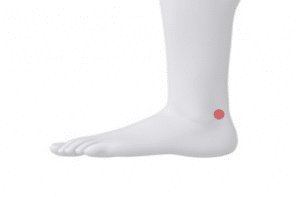
Bladder 60 is located on the outside of the ankle, just behind the ankle bone and in front of the achilles tendon. This point is most often used for low back pain as it is considered a highly effective point for opening up, creating space, and increasing movement in the low back. However, this point can also be considered problematic for pregnancy for the same reason. Holding a pregnancy requires a good deal of strength and holding in this same are of the body.
Gallbladder 21
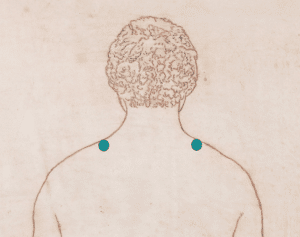 Unless you’ve mysteriously avoided using the computer for the last 10 years, you probably have a tight spot at the acupuncture point Gallbladder 21. This point is usually a favorite focus of any shoulder massage, and it feels great to have this area worked on. This point is generally considered to have a regulating effect on the pelvic floor, meaning it can be used to strengthen weakness and to relieve excess tension. The concern in pregnancy is that it will cause weakness in the pelvic floor, which is responsible for supporting the weight of pregnancy. If you have a history of incompetent cervix or preterm labor, it’s probably wise to be cautious and gentle when working this area. If you’re having a normal pregnancy, go ahead and get that shoulder massage. Especially in the third trimester, I find that most women are actually holding too much tension in the pelvis (which can be a source of weakness) and would really benefit from using this point. (When in doubt, ask your practitioner!)
Unless you’ve mysteriously avoided using the computer for the last 10 years, you probably have a tight spot at the acupuncture point Gallbladder 21. This point is usually a favorite focus of any shoulder massage, and it feels great to have this area worked on. This point is generally considered to have a regulating effect on the pelvic floor, meaning it can be used to strengthen weakness and to relieve excess tension. The concern in pregnancy is that it will cause weakness in the pelvic floor, which is responsible for supporting the weight of pregnancy. If you have a history of incompetent cervix or preterm labor, it’s probably wise to be cautious and gentle when working this area. If you’re having a normal pregnancy, go ahead and get that shoulder massage. Especially in the third trimester, I find that most women are actually holding too much tension in the pelvis (which can be a source of weakness) and would really benefit from using this point. (When in doubt, ask your practitioner!)
Large Intestine 4
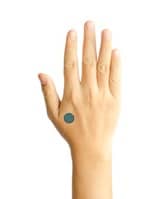
The last ‘forbidden point’ for pregnancy is Large Intestine 4. This point is located on the hand, in the thicker muscle between the thumb and pointer finger. It is typically quite sore with pressure. Large Intestine 4 is used in many different situations, but always has the general effect of getting things moving. It can be used to relieve and headache or aching neck and shoulders, get the digestion moving, clear blocked sinuses, and many other ailments. It is that strongly moving quality of the point that also makes it great for getting labor moving and helping the uterus to contract more strongly. Large Intestine 4, along with Spleen 6, are the major points for inducing labor or speeding up stalled labor. For these reasons, this point is avoided until mom and baby are ready for labor. This point does require a good deal of pressure to be effective, so unless you’re pressing hard enough to feel that achy soreness, it won’t have much of an effect.
Would you like to connect with me to see if I can help you with my unique and effective approach to pregnancy care?
Request a free consultation and we’ll meet to discuss your case. We’ll sit down, review your health history and goals, and see if you are a good fit for our services. You will have an opportunity to ask any questions about our approach and if you feel confident that I can help, you’ll have an opportunity to learn how to move forward and work with me.

